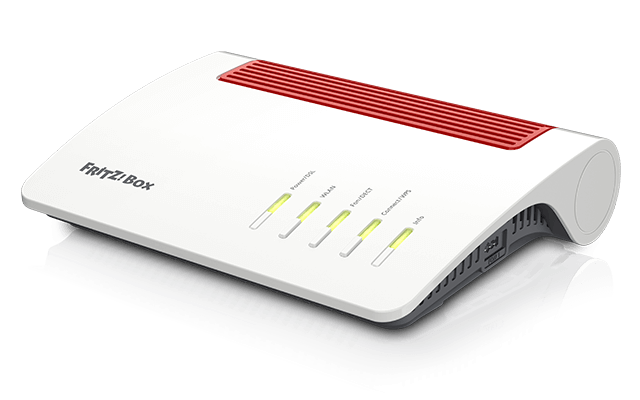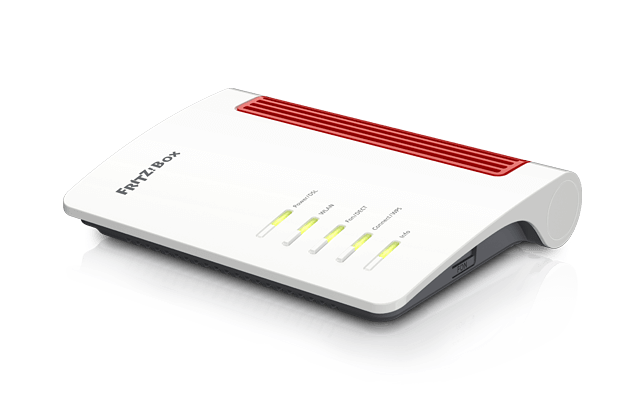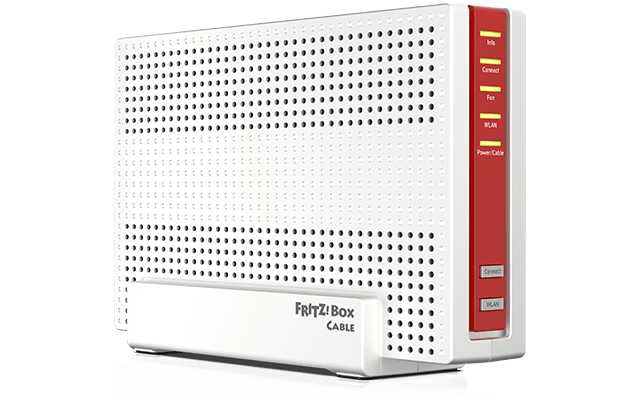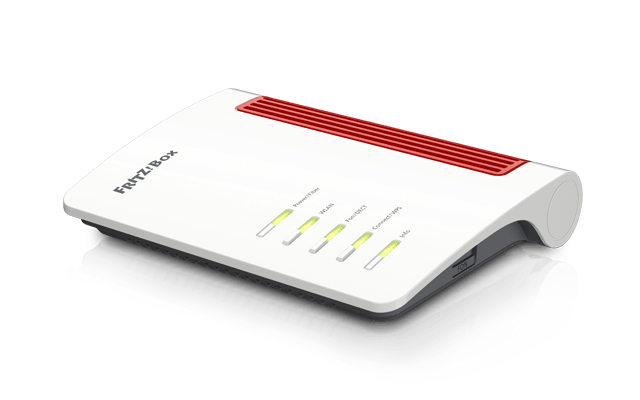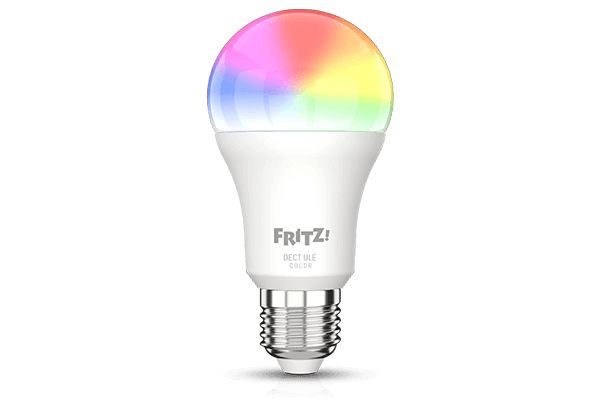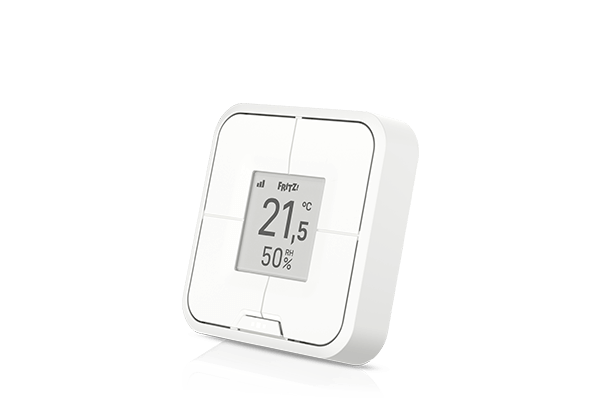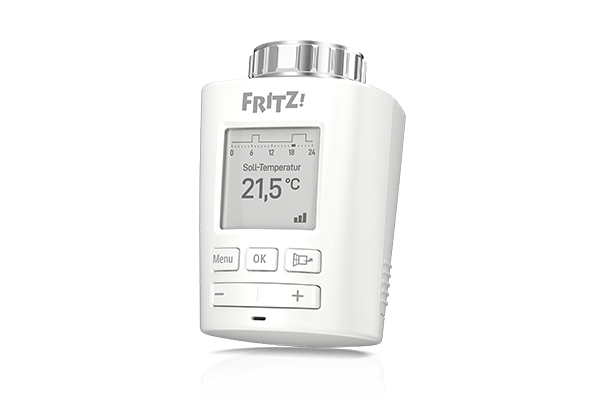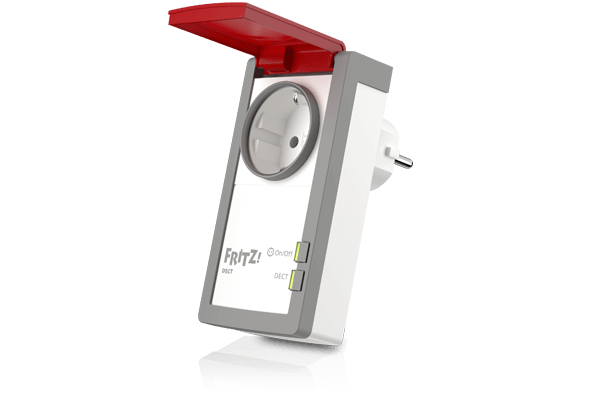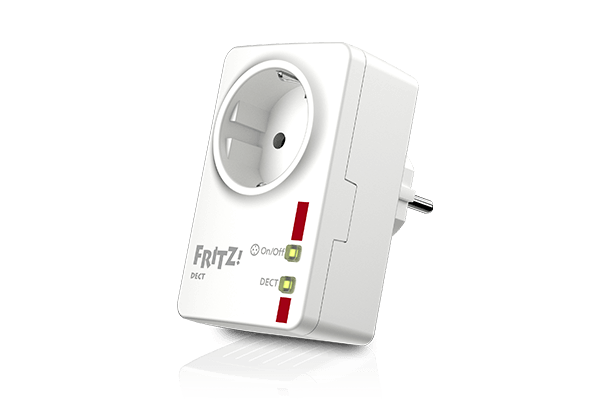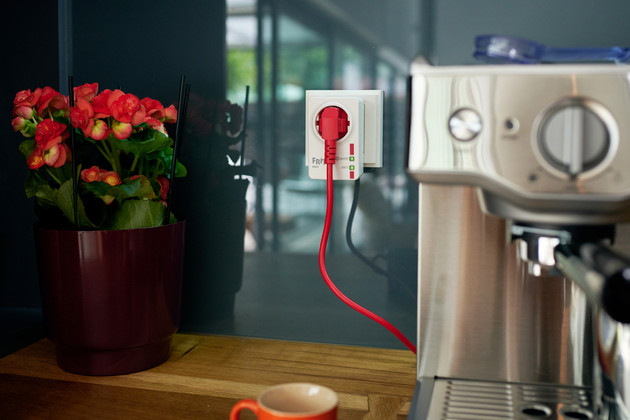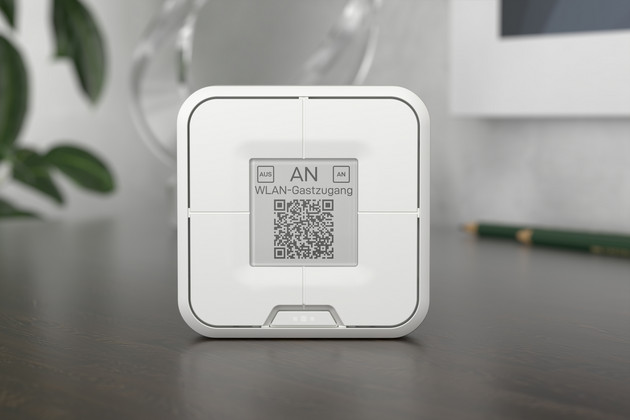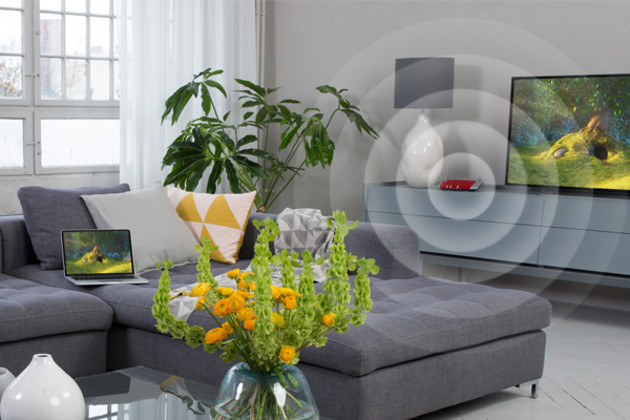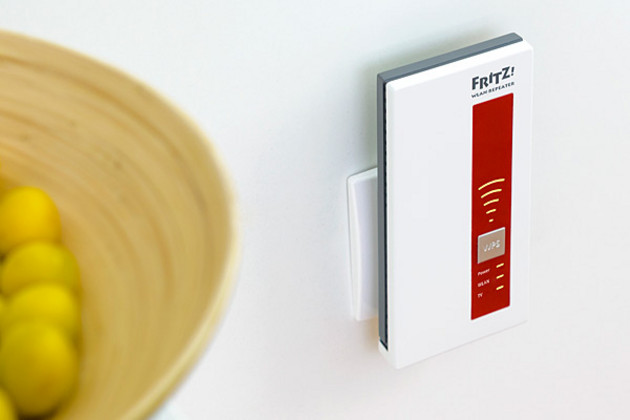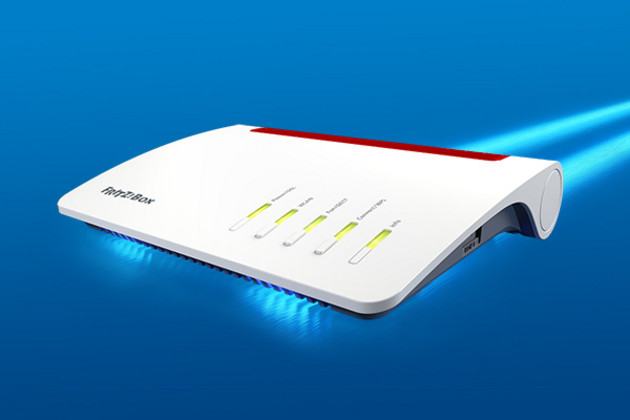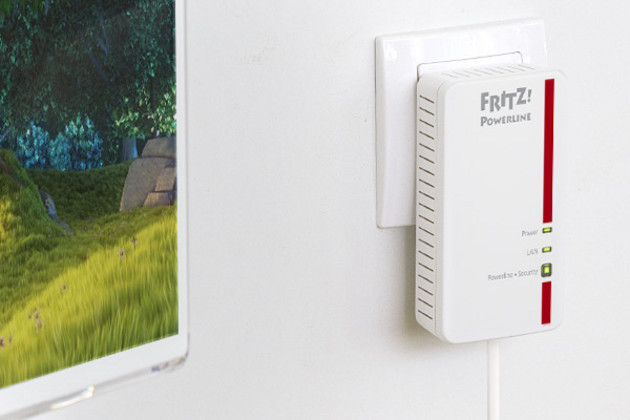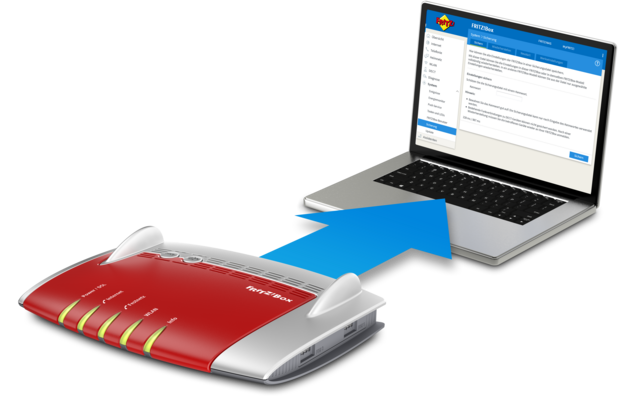Which FRITZ!Box is right for you?
AVM Content
You've decided to purchase a new FRITZ!Box? But which model is the right one for you? In three simple steps, we explain what to look out for.

What kind of internet connection do you have?
First find out which connection technology is used in your home. In most cases, this is DSL over traditional copper telephone lines or internet via the cable connection. High-speed fiber optic connections are on the rise, and internet access via mobile is also possible. There are suitable FRITZ!Box models for every type of connection.
The FRITZ!Box 4060 is suitable for all connections, as it establishes internet access via an existing external modem. This means you benefit from full FRITZ! convenience and high-speed Wi-Fi 6 – on any connection.
You can find out which FRITZ!Box models are available for your connection type in the product overview.
How much Wi-Fi do you need?
Reliable Wi-Fi is the basis of every FRITZ!Box. In addition, Mesh Wi-Fi optimizes your devices' Wi-Fi connection. Do you regularly have a lot of smartphones, tablets or notebooks connected to the Wi-Fi? Do you stream music, videos or even games? Are you thinking about getting a new smartphone? Then you'll benefit from Wi-Fi 6, because the next-generation wireless standard ensures top speeds and is designed to supply multiple devices with Wi-Fi at the same time. You can experience the highest Wi-Fi speeds for extensive file transfers in the home network or 4K streaming with the current high-end models with Wi-Fi 6.
How about these?
FRITZ!Box models with a DECT base station are the ideal choice for making phone calls with a FRITZ!Fon or another DECT cordless telephone. Answering machines, syncing online contacts from Google and Apple and other features give you added convenience. You also benefit from practical Smart Home features for your heating, lighting control or the smart plugs. With the free FRITZ!Apps for Android and iOS, you always have your home network and your FRITZ! Smart Home in view.
Take a quick look: The FRITZ! product comparison
How many LAN ports does this FRITZ!Box have? How many phones can I connect? These and other features and technical specifications are listed in the product comparison – simply select the connection type and select the FRITZ!Box that's right for you.
If you have questions on individual features, you can find detailed information on each FRITZ!Box under "Technical specifications" on the product page – or contact us for personalized product advice.
